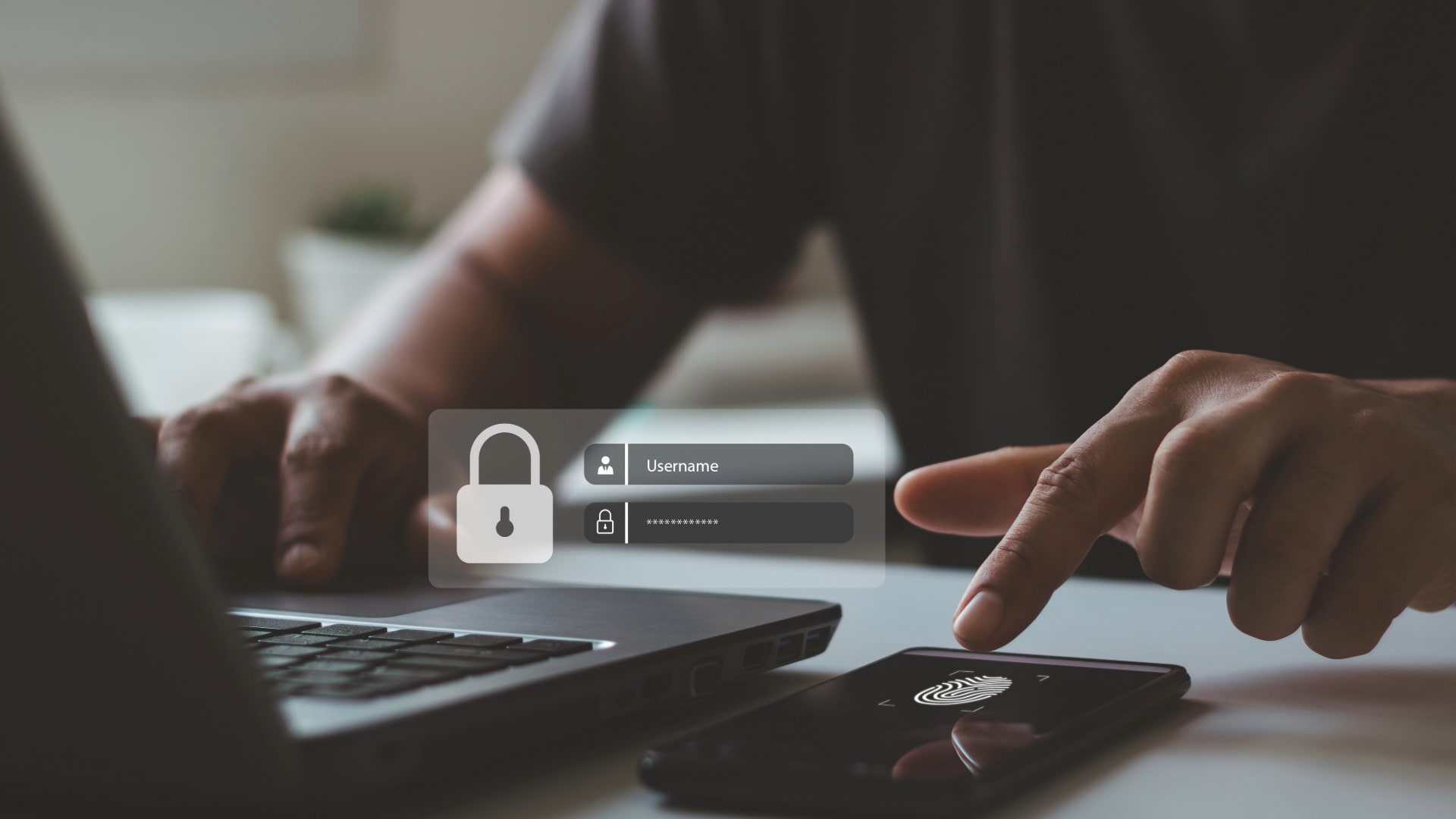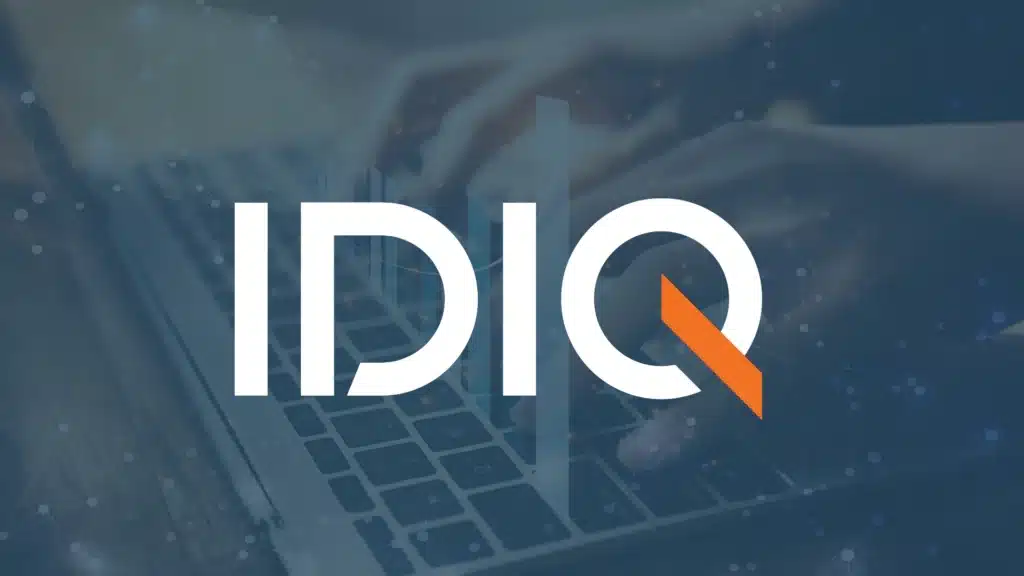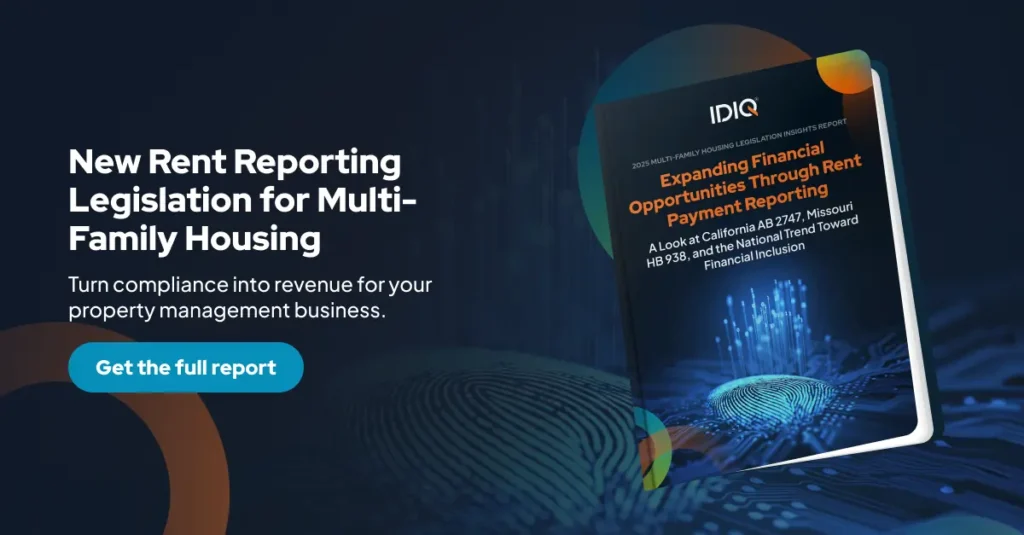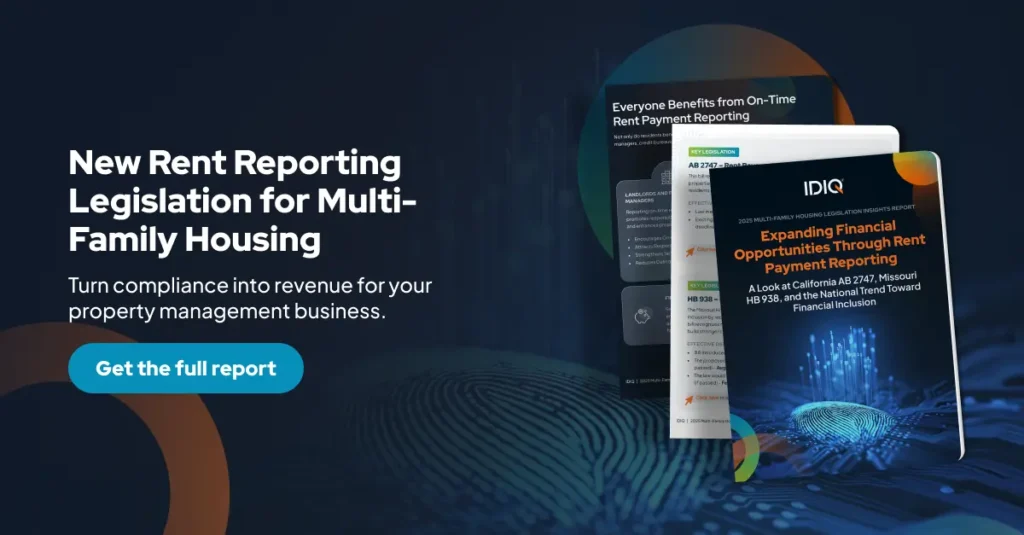
As an insurance broker, you are dedicated to helping your clients safeguard their homes, vehicles, and overall financial well-being. While traditional insurance policies provide crucial protection, there is an often-overlooked aspect that can significantly enhance your offerings and provide added value to your clients – identity theft protection and credit monitoring.
By partnering with IDIQ, you can offer your clients industry-leading benefits packages that go beyond the norm, securing their most valuable asset: their identity. Here’s why incorporating IDIQ’s benefits packages into your insurance policies is a game-changer for you and your clients.
The Rising Threat of Identity Theft
In today’s digital age, identity theft is a growing concern. Statistics show that your clients are more likely to experience identity theft than their home catching fire.
This alarming reality underscores the importance of providing robust identity protection alongside traditional insurance policies. IDIQ offers comprehensive identity theft and credit monitoring solutions that address this critical need.
Why Provide Identity Theft Insurance?
While the reason for having identity theft insurance may seem like a no-brainer, there are some very clear reasons why it is a valuable protection plan to offer to your insurance clients.
Peace of Mind for Your Clients
With IDIQ’s identity theft protection, your clients can rest easy knowing their personal information is being actively monitored. Real-time fraud and Social Security number (SSN) alerts, dark web and internet monitoring, and $1 million in identity theft insurance ensure that they are covered against potential identity threats.
Financial Security
If your clients do fall victim to identity theft, they are covered with up to $1 million in identity theft insurance for lost wages, legal expenses, and stolen funds reimbursement. This comprehensive coverage provides a safety net, allowing them to recover from the financial impact of identity theft without additional stress.
Why Provide Credit Reports and Scores?
There are some very important reasons to provide credit reports, credit scores, and credit monitoring services to your insurance clients.
Early Detection of Identity Theft
Monitoring credit reports and scores is essential for detecting identity theft early. Unfamiliar lines of credit on a client’s report can be one of the first signs of fraud. By providing credit reports and scores, you help your clients stay vigilant and proactive in protecting their financial health.
Comprehensive Monitoring
IDIQ’s services include monitoring from all three major credit bureaus – Experian®, TransUnion®, and Equifax®. This thorough approach ensures that your clients receive a complete view of their credit status, making it easier to spot any discrepancies or unauthorized activities.
Benefits of Partnering with IDIQ
There are many benefits to partnering with IDIQ. Below, we cover some of the most crucial benefits for insurance brokers and other insurance providers.
Enhanced Revenue Opportunities
By incorporating IDIQ’s benefits packages into your offerings, you can unlock new revenue streams. IDIQ provides both commission and non-commission programs, allowing you to earn residual monthly commissions for every client enrolled. This not only boosts your income but also adds value to your services.
Differentiation in a Competitive Market
Standing out in a crowded insurance market can be challenging. By offering unique services such as identity theft protection and credit monitoring, you differentiate yourself from competitors. This added value can attract new clients and retain existing ones, giving you a competitive edge.
Increased Customer Satisfaction and Retention
Providing comprehensive protection enhances customer satisfaction. Clients appreciate the added security and peace of mind that comes with identity theft insurance and credit monitoring. Happy clients are more likely to renew their policies, leading to higher retention rates and long-term business growth.
Seamless Integration: Enhancing Your Insurance Offerings with Ease
One of the most compelling advantages of partnering with IDIQ is the seamless integration of their benefits packages into your existing insurance policies. This streamlined process ensures that you can quickly and efficiently offer additional value to your clients without disrupting your current operations. Here’s how IDIQ makes integration easy and effective:
Fast Enrollment with Pre-Filled Forms
IDIQ provides a hassle-free enrollment process that saves you time and effort. Pre-filled forms simplify the sign-up process for both you and your clients. This user-friendly approach reduces administrative burdens and accelerates the onboarding of new benefits, ensuring that your clients can start enjoying the additional protection as soon as possible.
Secure Data Sharing Between Systems
Security is paramount when handling sensitive client information. IDIQ employs robust data sharing protocols that ensure secure transmission of data between your systems and theirs. This integration is designed to protect client privacy while allowing seamless data flow, enabling real-time updates and monitoring without compromising security.
Manage All Benefits in One Place
IDIQ’s platform allows you to manage all benefits from a single, centralized location. This integrated approach simplifies administration, making it easier for you to track enrollments, monitor benefits usage, and handle client inquiries. With everything in one place, you can provide more efficient and responsive service to your clients.
Services for All Lines of Insurance
The flexibility of IDIQ’s integration process means that their benefits packages can be added to all lines of insurance, including:
- Auto Insurance: Enhance auto policies with identity theft protection and credit monitoring, offering clients additional peace of mind.
- Home Insurance: Protect clients’ homes and their identities, providing a comprehensive coverage solution.
- Life Insurance: Offer financial wellness and identity protection as part of life insurance policies, addressing clients’ broader security needs.
- Commercial Insurance: Extend benefits to business clients, helping protect their financial assets and personal information.
- Renters Insurance: Provide renters with the same level of identity protection and credit monitoring as homeowners.
- Title Insurance: Include identity theft protection in title insurance policies, securing clients against potential fraud during real estate transactions.
Embedded Policy with Opt-Out Option
IDIQ’s integration model includes an embedded policy with an opt-out option. This approach automatically enrolls clients in the benefits package unless they choose to opt out. This ensures maximum coverage with minimal effort on the part of the client, increasing the likelihood of participation and satisfaction.
Streamlined Communication and Support
From the initial integration to ongoing support, IDIQ offers comprehensive assistance to ensure a smooth transition. Their team works closely with you to address any concerns and provide training as needed, ensuring that you and your staff are well-equipped to handle the new benefits. This level of support helps maintain continuity and enhances the overall client experience.
Comprehensive Protection for Your Clients
Your clients deserve to be covered in every area of their lives. Here are the additional ways you can help your clients stay covered for all of life’s unpredictable events when you partner with IDIQ.
Dark Web and Internet Monitoring
IDIQ’s dark web and internet monitoring services search the dark web globally for your clients’ personal information, such as SSNs, names, email addresses, and mailing addresses. Alerts are sent in real-time, notifying clients of potential identity threats. This proactive approach helps prevent identity theft before it causes significant damage.
Financial Wellness and Personalized Coaching
IDIQ offers personalized financial coaching to help your clients achieve their financial goals. Qualified counselors provide guidance on debt relief, budgeting, and overall financial planning. This support empowers your clients to make informed financial decisions and improve their financial health.
Legal Services
With access to a DIY legal document drafter, your clients can create, send, and store more than 50 customizable legal documents, including wills, trusts, and power of attorney. This feature saves them on legal fees and ensures their assets are protected.
$1 Million Identity Theft Insurance
Underwritten by AIG, IDIQ provides up to $1 million in identity theft insurance coverage. This includes reimbursement for stolen funds, legal fees, lost wages, and personal expenses. The comprehensive coverage extends to family members, ensuring broad protection for your clients.
100% U.S.-Based Fraud Restoration Service
IDIQ’s expert fraud restoration specialists are based in the U.S., providing personalized assistance to your clients. This dedicated support helps them navigate the complexities of identity restoration, ensuring their financial security, privacy, and legal rights are protected.
Case Study: Insurance Company A
Challenge: Insurance Company A needed to stand out in a crowded market and offer more value to their policyholders. Identity theft and financial wellness were key concerns for their clients.
Solution: By partnering with IDIQ, Insurance Company A embedded the IdentityIQ Secure Guard Essentials Plan into their policies. This comprehensive protection included advanced dark web monitoring, up to $1 million in identity theft insurance, and fraud restoration assistance.
Results:
- Higher Sales and Upsells: The enhanced service solution attracted new business and opened doors for premium plans.
- Comprehensive Protection: Policyholders received robust protection against fraud, improving satisfaction.
- Competitive Edge: The company differentiated itself with unique offerings, attracting and retaining additional policyholders.
Projected Annualized Commissions: Based on existing run rates, Insurance Company A projected $2.75 million in commissions, demonstrating the significant revenue potential of partnering with IDIQ.
Next Steps: Enhance Your Insurance Offerings Today
Partnering with IDIQ allows you to elevate your insurance offerings, providing your clients with essential protection and peace of mind.
By offering IDIQ’s industry-leading identity theft protection and credit monitoring services, you can provide your clients with the comprehensive protection they need and want. This partnership not only strengthens your client relationships but also enhances your revenue and market position.
Don’t miss out on the opportunity to elevate your insurance offerings – partner with IDIQ and secure your clients’ financial futures. Contact IDIQ today and discover how their comprehensive benefits packages can benefit your clients and your business.
















